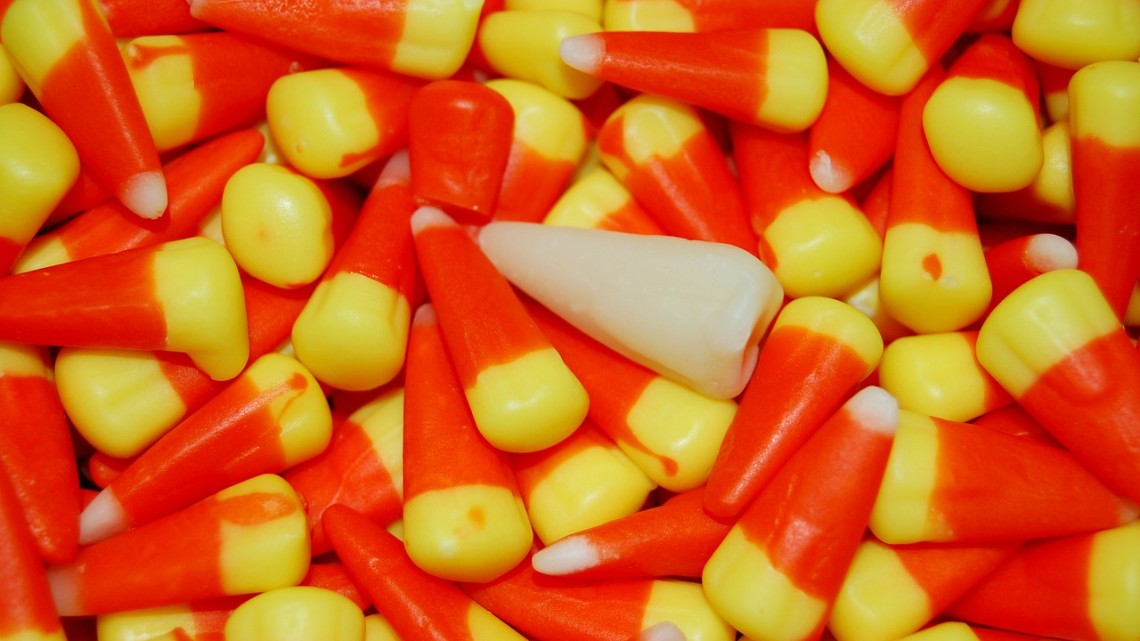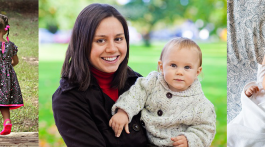Sometimes guiding children in making healthy eating choices can feel challenging. Halloween can be a time when these challenges feel even more daunting.
Between parties, trick or treating, or even a simple trip to the market, foods high in sugar, calories and additives are front and center. Pair that with the often finicky eating habits of a toddler, and it can feel very difficult to navigate this time of year.
Why Worry About Sugar?
Sugar intake impacts the body in many ways. Some parents swear it affects their children’s behavior, linking it to hyperactivity, tantrums, etc. Overall health is also impacted. An article published in the New York Times, for example, cites a study of children in which improvements in blood pressure and cholesterol were seen in as little as 10 days after sugar consumption was decreased.
Experts agree that children carry eating habits formed in their early years throughout their life. With severe health issues such as childhood obesity and juvenile diabetes on the rise nationally, it’s important to see holiday traditions and sugary foods in a wider context.
How we as adults relate to food is the model children follow. Stressing balance and healthy choices rather than binging on certain occasions or total abstinence from less healthy foods empowers kids to make healthier and better informed choices for themselves later on.
3 Tips for Managing Halloween Sweets
- Food is for nourishment, not reward – While limiting the amount of Halloween treats your child eats makes sense, using it as a reward isn’t the best choice. Allowing candy only after your child finishes dinner or picks up their toys, for example, gives the message that food is not about nourishment, but is a “reward” for doing something they may not enjoy. This can set the stage for an unhealthy relationship with food, which has been linked to behaviors like emotional eating, binge eating, etc. Rather than place conditions on when your child may have candy, help them understand why what they eat matters and why limiting sugary snacks is important.
- Empower kids to make healthy choices – Any parent of a toddler has at one time or another experienced a battle of wills with their child. As young ones began to develop their independence, it’s inevitable. One way to avoid a battle of wills around Halloween treats is to empower your kids to make choices. Parents ultimately set the rules for how much candy is okay, but by allowing children to choose which piece they want to eat and when, as well as what healthy alternatives they want during the day, kids develop a sense of ownership over their food choices.
- Focus on activity, not the food – Focusing on Halloween activities rather than the food helps your child develop a healthy perspective. One way to do this is by making a bigger deal over putting a costume together or the excitement of spending time with friends at a party. That way, the holiday activities, rather than candy, takes center stage.
While there are more sugary foods around during Halloween, like any other day, it’s an opportunity to help young kids develop a healthy perspective on food.
About the Author:
Gladys Ruiz is the Director of Little Children Schoolhouse in Brookline, MA. After more than 10 years working in Early Childhood Education, Gladys opened the Little Children Schoolhouse to provide a nurturing, loving environment—an extension of her student’s home and family life—in Brookline. Pre-K, Preschool and Daycare programs for toddlers and infants include extra activities, such as weekly music, yoga, cooking, science activities, and field trips. Both full day and part-time enrollment are available










